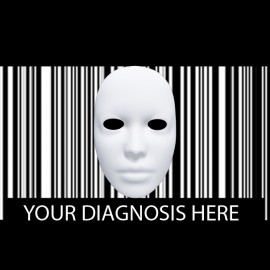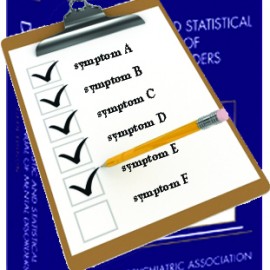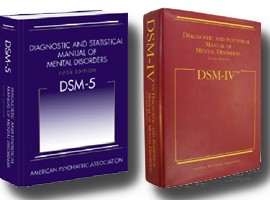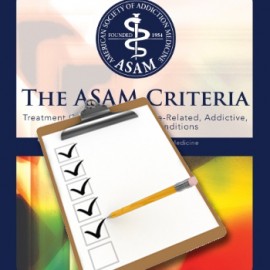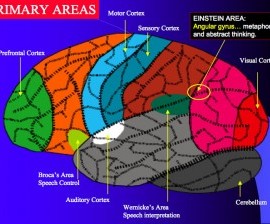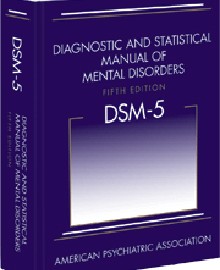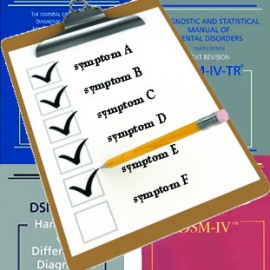Topic: diagnosis
The Labels We Use
Having that particular label implies– the need to make a number of important changes in lifestyle that the patient frankly doesn’t feel like making.
Diagnosis: Towards Validity and Consistency
The way addicts and alcoholics themselves talk about their condition (“an emotional disease,” “a parasite the feeds on our emotions”, “an emotional cancer,” “a fear based disease”) is rarely considered in theories of addiction.
Topics: addiction and the brain, diagnosis
A Better Diagnostic Understanding of Addiction
While it may have similarities to other disorders, the emotional dysregulation that characterizes addiction is not the same.
Topics: addiction and the brain, co-occurring disorders, diagnosis
DSM-5 versus DSM-IV
Craving has finally been added to the symptom list. I was never entirely clear on why it wasn’t included in DSM-IV, since there’s an impressive body of research on craving measurement.
Topics: assessment, craving, diagnosis, signs and symptoms
Do I Have a Drinking Problem?
Topics: alcoholism, diagnosis, disease, getting help, recognizing addiction, signs and symptoms
Outpatient vs. Intensive Outpatient
The principle behind most ASAM-based systems is to treat clients at the “least restrictive” level at which they can benefit.
Topics: ASAM, assessment, diagnosis, types of treatment, utilization review
The Grief Exception
Psychiatrists were encouraged to hold off on a diagnosis of depressive disorder until several months after such a loss.
Topics: depression, diagnosis, emotional issues, grief and loss
Mental Illness: The Dilemma of Diagnosis
In spite of the advances, science still struggles to understand the disease process that underlies most disorders.
Topics: co-occurring disorders, diagnosis, mental illness
Addictive Disease: Why Semantics Matter — and Why They Don’t
But to start opening those doors, someone has to be in the room — that is, they have to be identified (by themselves, preferably, but frequently by others such as the court system or family members) as possible/probable addicts.
Topics: alcoholism, diagnosis, disease, signs and symptoms

